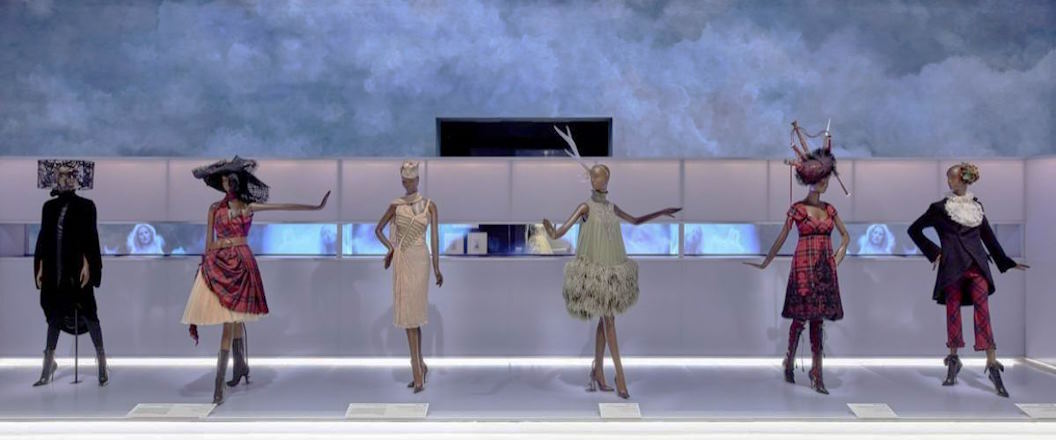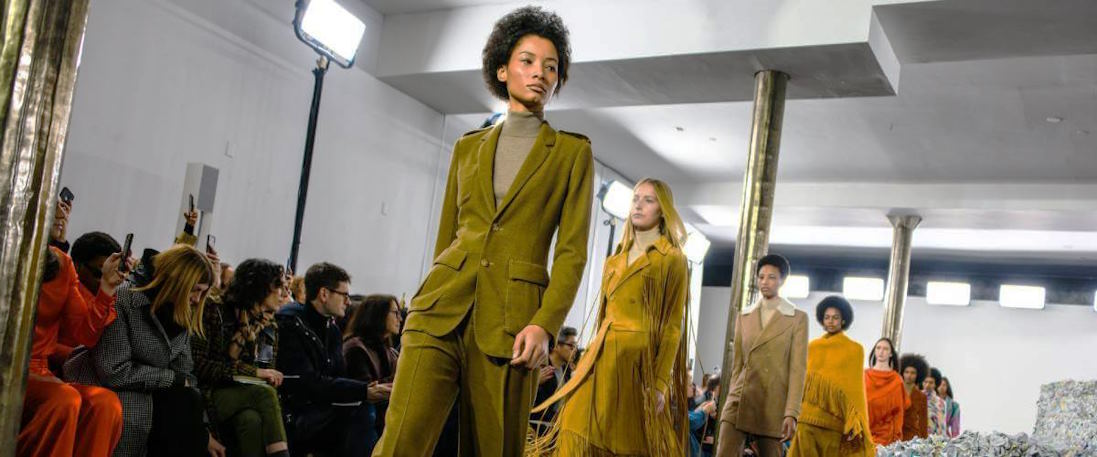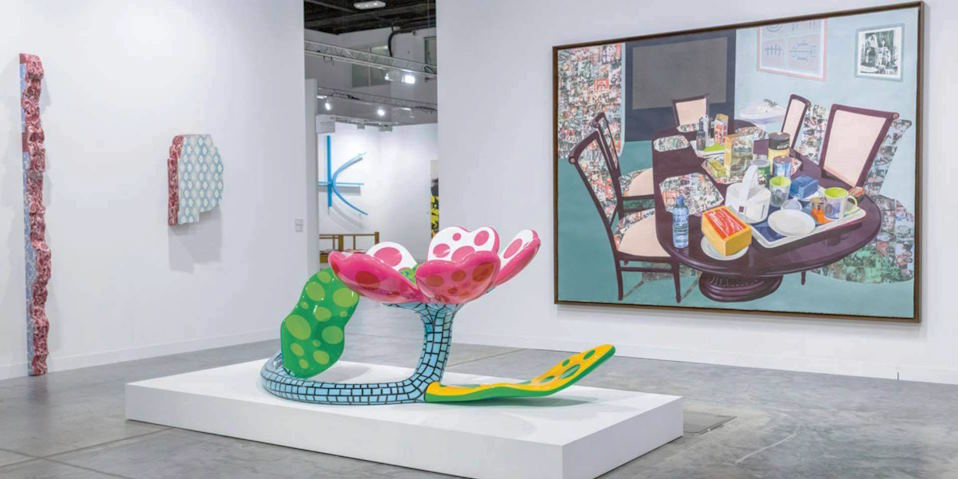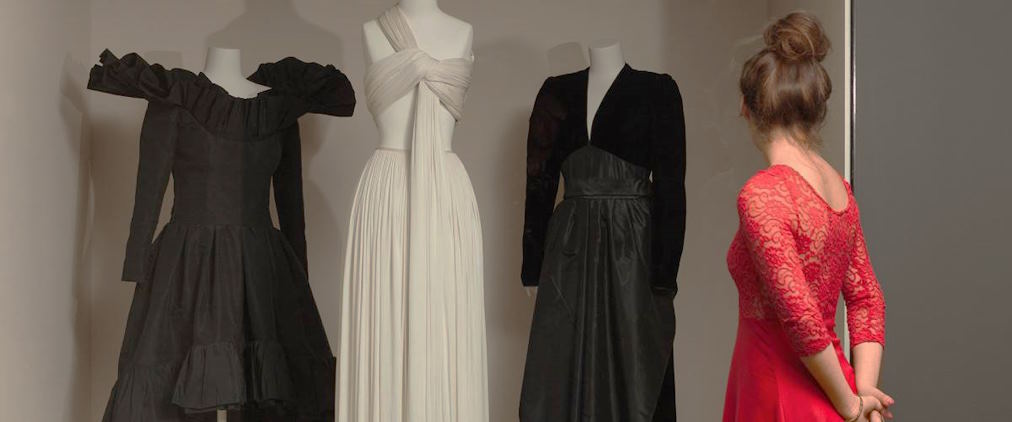The relationship between art and fashion has long been intertwined, with artists and designers drawing inspiration from each other’s creativity and innovation. Art serves as a profound muse for fashion designers, influencing collections that blur the lines between wearable garments and artistic masterpieces.
Art Movements as Inspiration
Impressionism and Color Palette
Artists like Claude Monet and Edgar Degas, known for their use of light and color in Impressionist paintings, inspire fashion designers to create collections with ethereal hues and soft, flowing silhouettes. Pastel palettes and delicate textures evoke the same sense of movement and emotion found in Impressionist art, translating onto the runway with grace and elegance.
Cubism and Geometric Shapes
The bold lines and abstract forms of Cubist art, pioneered by Pablo Picasso and Georges Braque, influence fashion designers to experiment with geometric shapes and asymmetrical designs. Garments featuring angular cuts, layered textures, and unexpected proportions reflect the avant-garde spirit of Cubism, transforming clothing into wearable art pieces.

Surrealism and Dreamlike Imagery
Surrealist artists like Salvador Dalí and René Magritte inspire fashion designers to create collections that challenge reality and embrace the subconscious. Garments adorned with whimsical prints, exaggerated proportions, and unexpected juxtapositions evoke the dreamlike quality of Surrealist art, blurring the boundaries between fantasy and reality on the runway.
Artists as Muse
Frida Kahlo’s Iconic Style
Frida Kahlo’s vibrant self-portraits and indigenous Mexican attire inspire fashion designers to celebrate cultural heritage and personal identity through clothing. Bold colors, floral motifs, and intricate embroidery pay homage to Kahlo’s artistic legacy, empowering wearers to embrace individuality and self-expression.
Yayoi Kusama’s Polka Dots
Japanese artist Yayoi Kusama’s obsession with polka dots and infinity mirrors inspires fashion designers to incorporate playful patterns and optical illusions into their collections. Garments adorned with dots of varying sizes create a sense of movement and rhythm, reflecting Kusama’s unique perspective on pattern and repetition.
Keith Haring’s Pop Art
Keith Haring’s bold, graphic artwork and social activism inspire fashion designers to merge art with streetwear aesthetics. Vibrant colors, bold lines, and cartoonish figures adorn clothing and accessories, transforming everyday wear into statements of art and activism.




